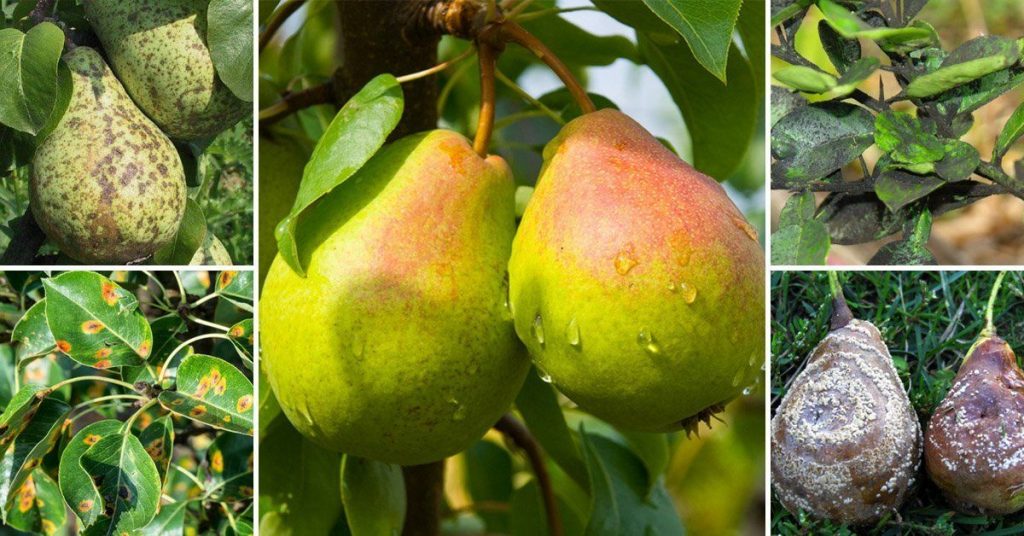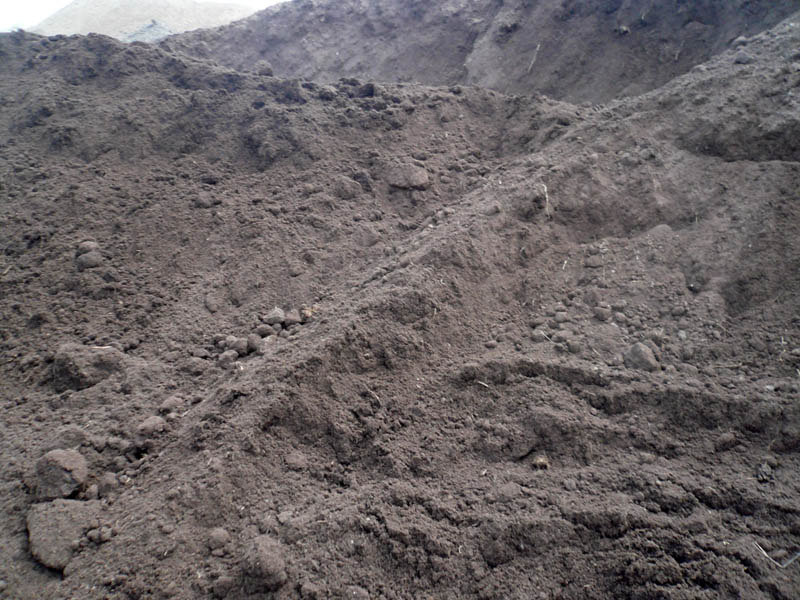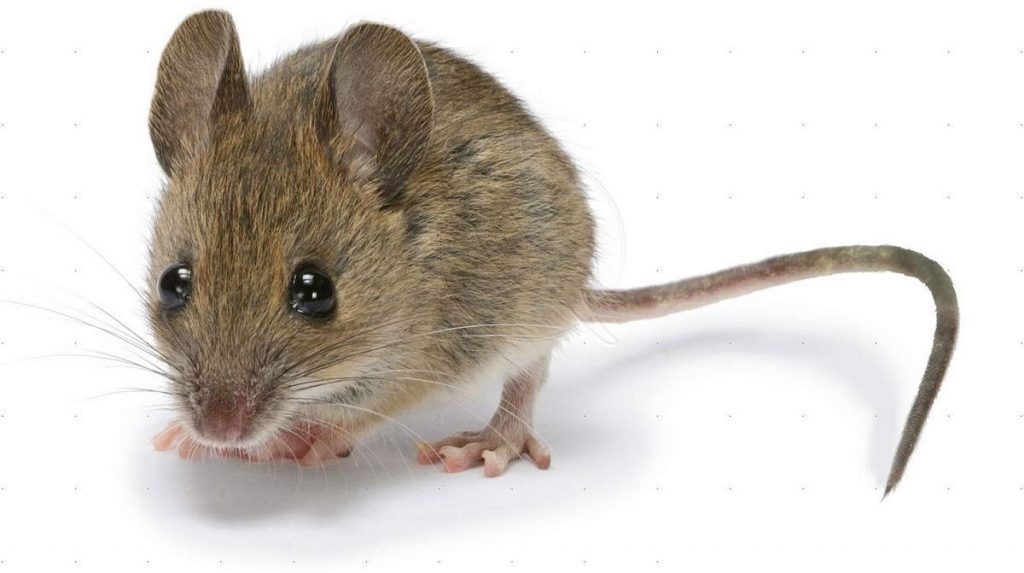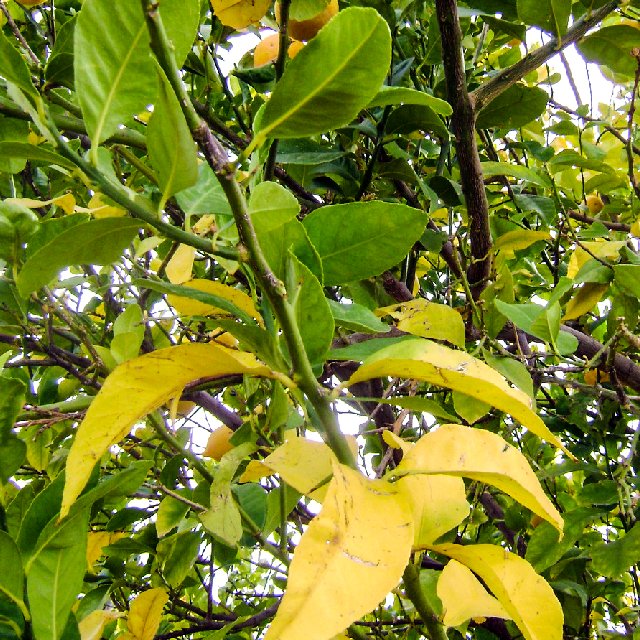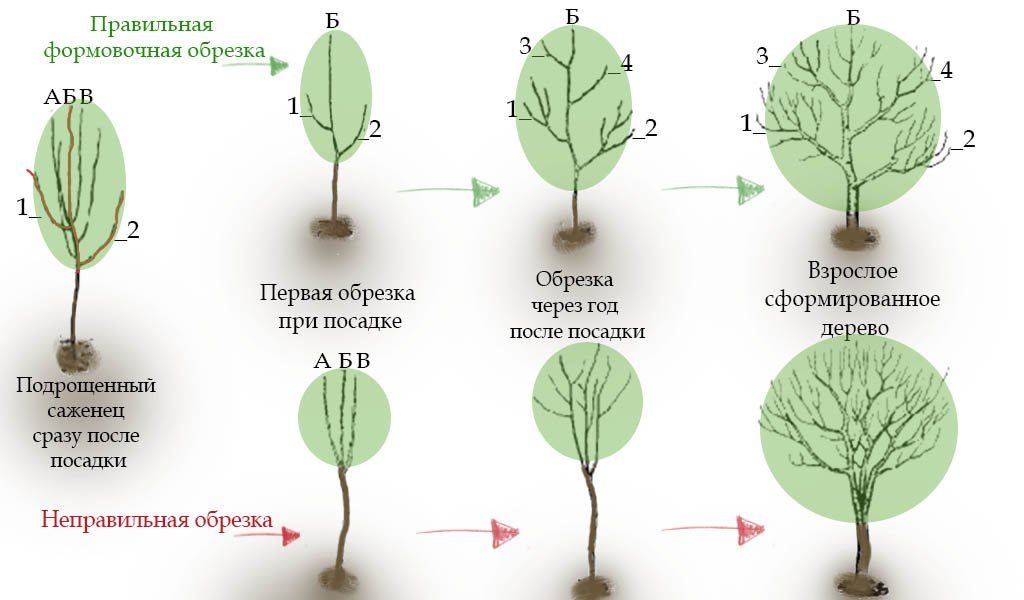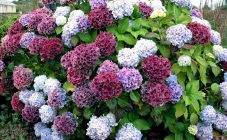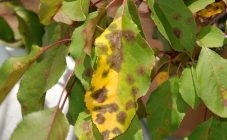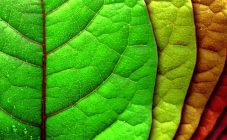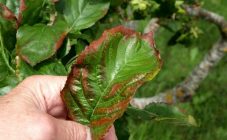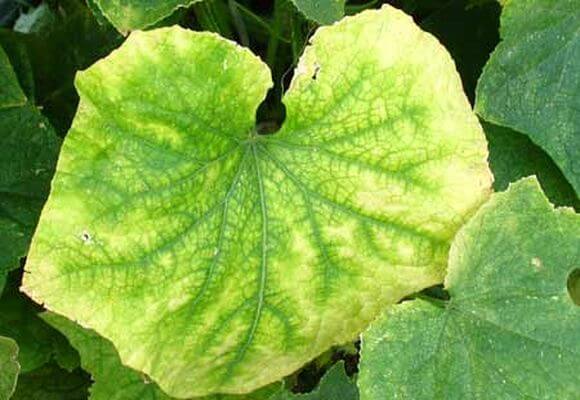Content:
Even with constant and careful care of fruit trees, it often happens that plants have problems that cannot be dealt with instantly, but you have to apply a phased approach. Yellowing of the leaves is one such problem. Pear trees are most susceptible to it. If in the fall the leaf plates change their color from bright green to yellow, then this does not cause concern. However, such a situation in the spring should alert every gardener. To solve this problem, you need to understand the reasons for its appearance. This article will consider why the leaves of a pear turn yellow in May, as well as during other periods of tree growth.
The reasons why the pear tree turns yellow
The reason for the yellowing of the leaves on the pear can be anything: a disease that affects the pear, or pests. In early spring, it is recommended to carry out a complete treatment of the entire fruit area with special preparations in order to avoid various kinds of problems.
Scab
With this common disease, spots begin to appear on the leaves, then the entire leaf plate turns yellow, after which the leaf falls off. To combat this disease, it is necessary to carry out complex and periodic processing of the tree. The pear is watered at the root with an antifungal agent, and the leaves are sprayed with a special substance. For preventive purposes, Bordeaux mixture is used.
Mosaic
Dangerous viral disease of fruit trees. It appears first in the form of spots, then the leaves turn completely yellow and become pale yellow. This disease can appear from non-sterile vaccine materials or be transmitted through aphids. It is useless to carry out pear treatment procedures; in case of severe infection, the tree is doomed to death.
Insufficient potassium content in the soil
With a lack of potassium, the leaves acquire an interesting appearance - they become framed with a red rim. It happens that gardeners do not sufficiently fertilize the soil, and the low content of nutrients in the soil can negatively affect the culture. The solution to this problem is quite simple - to feed the pear with fertilizers that contain potassium. The substance must be applied in the spring, when the pear begins to actively develop. It is desirable for her to eat healthy substances in order to bring a good harvest after a while.
Lack of iron and magnesium
In addition to the lack of potassium, the pear needs fertilizing with minerals such as iron and magnesium. With a lack of them, the leaf plates will not be able to produce chlorophyll. Yellow dots will begin to appear on the leaves with insufficient magnesium content. It is possible to compensate for its deficiency due to the introduction of mineral fertilizers, wood ash and dolomite flour into the soil. With a lack of iron, the leaves will begin to turn yellow completely. In order to start treating the pear, it is recommended to carry out foliar feeding with iron-containing preparations.
Unfavorable weather conditions
Despite its drought tolerance, in dry weather, the pear may lack moisture, and the leaves may turn yellow. Therefore, if it is noticed that the leaves begin to turn yellow gradually, and the tree itself has a drooping appearance, it is recommended to increase watering frequency. Thus, the fruit crop can be cured. However, excess moisture must also be avoided.
Rodents
In the case when the leaves blossoming in spring suddenly began to turn yellow, the reason for this may be rodents that damage the roots of trees. To prevent this problem, it is recommended that after the snow melts, cover the area under the tree with roofing felt. This will help protect the pear from hares and mice. This shelter is also a good way to keep the soil warm. With roofing material, frost and temperature changes are not scary.
Burns
It happens that gardeners water the crown of a fruit tree. In this case, in hot weather, yellow spots (burns) form on the leaves, in places where droplets of moisture have remained.
Excess soil moisture
Waterlogging of the soil can also cause yellowing of the leaf plate. An excess of water can occur due to excessive irrigation, close occurrence of groundwater, constant rains. Young pear is the most sensitive to water balance. The problem can be solved by reducing irrigation, as well as introducing certain substances into the soil that absorb excess water. A hydrogel is usually used for this purpose.
Chlorosis
It is evidenced by the pale yellow leaves that usually appear in summer, June or July. It can occur due to oxygen starvation, excess moisture, freezing of the roots, lack of iron and alkaline soil reaction. Young seedlings usually suffer from it. The tree can be healed by spraying with a solution containing iron vitriol (20 grams per 10 liters).
If the pear turns yellow what to do
It is necessary to be attentive to the yellowness of the leaves and try to identify the problem as early as possible in order to prevent diseases from spreading and ruining the entire orchard. Observation of the leaves should begin from the moment of opening and throughout the entire period of their growth, development and stay on the tree.
An attentive gardener will always notice the problem in advance, because often the plants themselves signal that something is happening to them. For example, when asked why a pear has light green leaves, an experienced gardener knows the answer. The leaf plates begin to turn pale and turn white from a lack of nitrogen, thereby signaling that the plant needs to be fed. The purple or bronze color of the leaves indicates that phosphorus starvation occurs in the fruit tree.
In the case when the pear disease manifests itself insignificantly, it is necessary to spray the tree with a 2% solution of ferrous sulfate.
The yellowing of the leaf plates is evidence of a disturbed process of photosynthesis. Premature yellowing of the leaves leads to the fact that the laying of fruit buds does not occur, the preparation process for the winter period will be disrupted. This means that the tree may not withstand temperature extremes, winter frosts. In the spring, such a tree will no longer bloom.
Tips & Tricks
Often, beginners in gardening, when growing fruit trees, wonder if the leaves of a pear turn yellow, what to do? You should not look for the essence of the problem only in the presence of rodents, insects, or think that the disease has got to the site by itself.
Often, the yellowish appearance of the leaves is the result of improper tree care.
Insufficient fertilization of the soil, untimely watering, the choice of already diseased seedlings for planting and much more. Therefore, before you start growing a pear, caring for it, you need to study all the recommendations that experienced gardeners give to beginners:
- It is only necessary to purchase pear seedlings for planting on your site from experienced sellers who know a lot about growing fruit trees.
- Carefully consider the choice of vaccine material.
- Before proceeding with pruning or other procedures, it is imperative to disinfect all the tools so as not to infect the trees with any disease.
- It is recommended to use insecticides to kill aphids, which can be a carrier of diseases such as mosaicism, which are deadly for fruit trees. The pear must be periodically processed with them. In addition to chemicals, you can make medicines from folk remedies. For spraying the leaves, infusions of tar soap, garlic or tobacco are prepared.
- Ant fighting is a must because they are the carriers of aphids. The prepared bait effectively helps: sugar, boric acid and millet. The ingredients are mixed and placed on the ground near the ant settlement. In specialty stores you can buy so-called ant traps, which are installed in the trunk and on the stem of the pear branches.
- Carrying out a thorough cleaning of the garden in the spring and autumn, to reduce the risk of pests.
Compliance with all precautions when pruning and watering a fruit tree, proper care and timely feeding, getting rid of pests - all these points will allow you to grow healthy trees that will delight you with their harvest and tasty fruits year after year.
